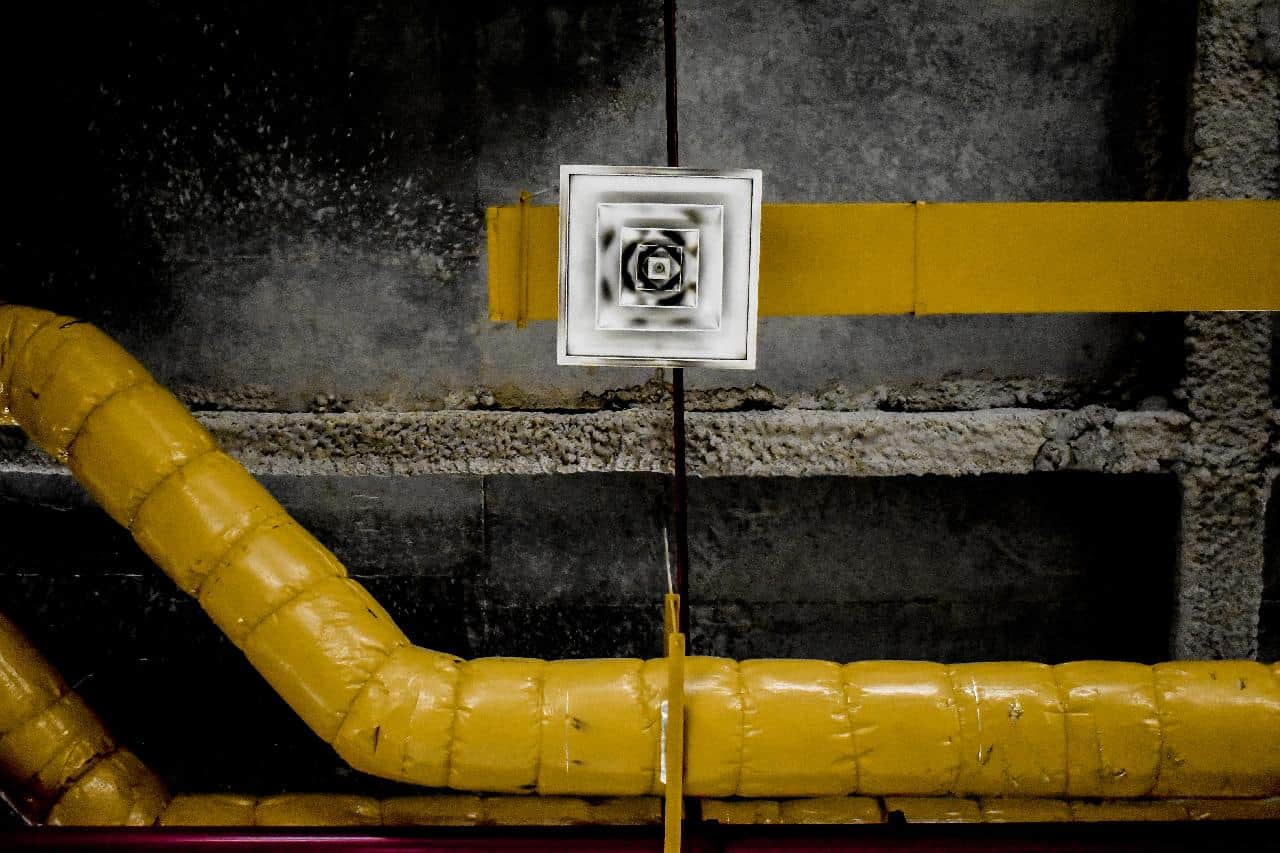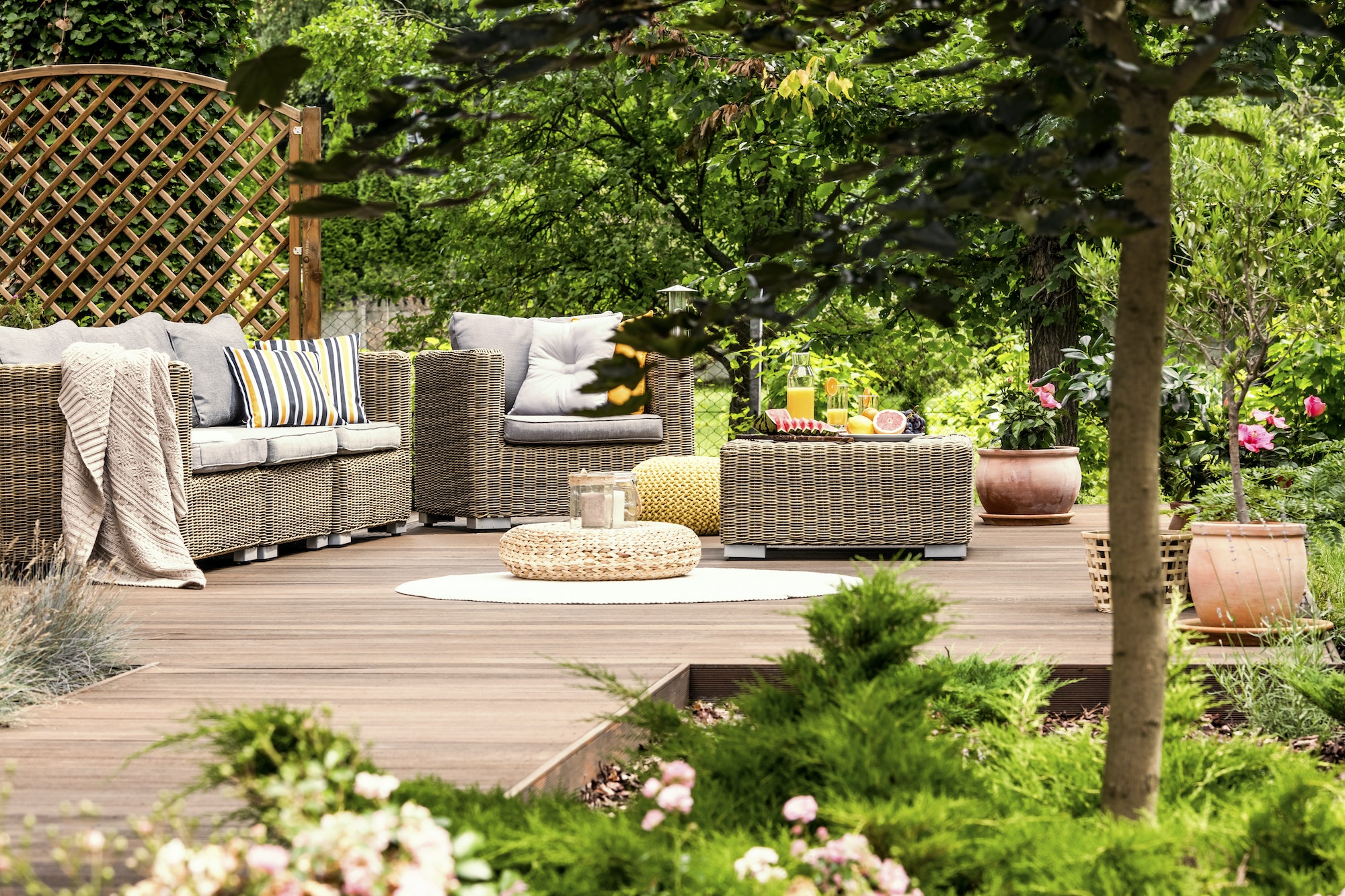Indoor plants are a wonderful addition to the home. They help purify the air, improve mental well-being, bring us closer to nature, and above all, look good. But it’s possible to get a little bored with the same old house plants, especially if you’ve been looking after them so well that you’ve had the same plants for years on end.
Sometimes it’s good to mix things up a bit, whether that means indulging in some new plants that are perhaps unusual, or getting creative and finding new ways to display your collection.
The Best Indoor Plants to Liven Up Your Interiors
Plants would be pretty boring if they were all the same. The variety of indoor plants to grow at home is massive, and thankfully so. Some plants work better in certain rooms than others. This is partly due to aesthetics and partly because every plant has different needs. For example, a plant that needs lots of humidity won’t thrive in a dry living room.
Here, we guide you through some of the best indoor plants for every room in the house.
Table of Contents
Living Room
The living room is where we spend most of our time at home. Therefore, we want them to be pleasing to look at and comfortable to relax in.
Money Tree
In its natural Central and South American habitat, a money tree can grow up to 60 feet tall. However, grown as an indoor plant it can reach a much more manageable 6 feet in height. These striking plants boast an unusual braided stem and a canopy of rich green glossy leaves and are surprisingly easy to look after.
They prefer bright indirect sunlight but cope well with low light levels, making them perfect for the living room, where you may close the curtains to watch television or a movie. Money plants grow best in warm rooms, away from cold draughts. Water when the soil feels dry, allowing excess water to drain away before placing the plant back in its spot.
English Ivy
English ivy is a versatile houseplant that looks great spilling from a hanging basket or high shelf. Its trailing habit means you get plenty of greenery without sacrificing much space.
Given the right conditions, English ivy is easy to grow as an indoor plant. It likes bright indirect light and regular watering to keep the soil moist but not waterlogged.
English ivy is an excellent air purifier, removing toxins such as formaldehyde and benzene from the air. It is a fast-growing plant, which is great news if you want to add it to your collection. When the stems get too long, simply cut off a piece from the end and root it in water before planting it in a pot to create a brand new – and free!- house plant.
Dragon Tree
Featuring tall trunks and long, slender leaves variegated in red, dragon trees are ideal indoor plants for the corner of the living room. This is a low-maintenance plant that is perfect for beginners as it doesn’t demand much attention to flourish into a striking statement plant.
While they prefer bright indirect light, dragon trees are happy enough in low light; they’ll just take a bit longer to grow. They are drought tolerant, which is good news for forgetful waterers, but they do appreciate being misted every week.
Dining Room
The dining room is a place to come together as a family for meals, entertain guests and enjoy each other’s company. We may not spend as much time in this room, which means low-maintenance plants take center stage.
Air Plants
Air plants are ideal for the dining room. They thrive when left to their own devices and require very little watering: simply dunk them in a tub of water for around half an hour every couple of weeks.
Air plants don’t need soil to grow and make an unusual centerpiece for the dining table. Almost any type of container is fine for holding air plants, from glass baubles to washed-out seashells.
These cute little plants like bright light, but keep them out of direct sunlight to prevent leaf scorch. Mist the leaves every other day to keep them hydrated between waterings and let the plant thoroughly dry out before returning it to its container.
Jade Plant
The jade plant is a cute little succulent that sits well on a table or sideboard. It is similar in appearance to a small bonsai, is slowly growing, and is widely believed to bring good fortune and prosperity.
The fleshy leaves store moisture, meaning the plant copes well with infrequent watering, and it’s always better to underwater than overwater a jade plant. Native to southern Africa, jade plants like bright direct light and sometimes develop attractive red tinges on the foliage when placed in a particularly sunny spot.
Although jade plants have a slightly tropical feel, they do tolerate temperatures as low as 10°C, making them the perfect choice for a dining room that may get quite cool in winter.
Swiss Cheese Plant
Instantly recognizable and incredibly popular, Swiss cheese plants make great floor plants for the dining room. They boast large bright green leaves with intricate cuttings and holes (hence the name). These evolved to let light through the foliage to reach the lower leaves. More holes will appear as the plant grows and matures.
Swiss cheese plants thrive in bright or medium light levels, out of the full sun. Weekly watering is ample to keep the plant healthy and the leaves glossy, but ensure the top 2-3cm of soil can dry out between waterings. Mist the leaves or wipe them with a damp cloth regularly to keep them free of dust and promote photosynthesis.
Kitchen
The kitchen is a practical room, but there’s no reason it shouldn’t also look pretty!
Chinese Money Plant
Also known as the pancake plant or friendship plant, Chinese money plants have large, round, bright green leaves growing from long stems. They thrive in bright spaces, out of direct sunlight, and like warmer temperatures, making them perfect plants for the kitchen.
Pancake plants are one of the easiest to look after and thrive without much effort or attention. Water when the soil feels dry, and give the foliage a quick wipe every other week to keep it free of dust and grease.
Mint
Like many herbs, mint grows well on kitchen windowsills and is handy to have nearby to harvest and use as needed. From peppermint to spearmint, lemon mint, strawberry mint, and even chocolate mint, there are lots of varieties to choose from. All are aromatic and have their own distinct fragrance that will waft through the kitchen as the plant is brushed past.
Mint is one of the easiest herbs to grow inside, and as it can be somewhat invasive in the garden, it makes a great indoor plant for the kitchen. These herbs prefer consistently moist, but not soggy, soil. Water weekly, allowing excess moisture to drain away freely before returning the plant to its decorative pot.
Aloe Vera
Given it can be used to treat minor burns, keeping aloe vera in the kitchen seems like a no-brainer! This attractive succulent has long, sword-like leaves that are serrated at the edges.
The healing sap can be used by cutting a leaf away at its base and slicing it length-wise to reveal the gel inside. The gel can then be rubbed directly onto the skin to help soothe minor burns, sunburn, and irritated skin.
Aloe vera loves a spot in bright indirect sunlight. Its fleshy leaves store moisture, so water sparingly, letting the soil dry out almost completely between waterings.
Hallway
The hallway is usually the first part of the house that guests see when they come in the door. For this reason, most people want it to be an inviting space.
Peace Lily
Peace lilies have an elegant appearance that makes a great first impression on visitors. They are easy to look after and are generally quite forgiving, tolerating infrequent watering. Place your peace lily in bright indirect light for the brightest white flowers.
Peace lilies usually flower twice a year: once in spring and again in autumn, but their glossy green foliage makes them an attractive indoor plant all year round.
These exotic-looking plants are native to the rainforest and appreciate some humidity. Placing the pot on top of a pebble tray of water provided this and also looks great on a sideboard or console table.
Kentia Palm
Popular as an indoor plant since Victorian times, the kentia palm is an unfussy statement plant with lush green fronds fanning out from tall upright stems. It thrives in low or medium light and copes with an element of unintentional neglect.
Unlike many houseplants, kentia palms are slow growers that won’t outgrow their allocated space. Mist the plant regularly and wipe the leaves with a damp cloth occasionally to remove dust and debris and keep the foliage nice and glossy.
If you’re unsure about bringing a Kentia palm into your home and need some recommendations, Queen Victoria was a huge fan, and they were even used to decorate the first-class area of the Titanic.
Conservatory
Conservatories are often seen as being an extension of the garden and, as such, suit being filled with greenery. However, the abundance of glass and direct sunlight can make it tricky to choose a conservatory plant that won’t suffer from leaf scorch.
Snake Plant
The snake plant is often called mother-in-law’s tongue due to its sharp, pointed leaves. But don’t let that put you off this hardy indoor plant as it is easy to grow and practically unkillable. It loves warm temperatures and copes well with some direct sun.
Snake plants are drought tolerant but are susceptible to overwatering. They don’t enjoy sitting in soggy soil and are prone to root rot if watered too frequently. Water sparingly and let the soil dry out almost completely between waterings, and your plant should be fine.
String of Pearls
A string of pearls is a succulent trailing plant with an attractively unusual appearance. The stems are covered with small, round bead-like leaves that resemble – you’ve guessed it – a string of pearls. In spring, small cinnamon-scented white flowers may appear.
These plants are quite fast-growing and make effective hanging plants for the conservatory. They don’t need to be watered often and like plenty of bright light. Ensure natural light reaches the plant’s crown as well as the stems.
Fiddle Leaf Fig
Fiddle leaf figs are the perfect floor plants for conservatories. Its large, bright green leaves make a dramatic impact and add interest to an empty corner.
This indoor plant loves humidity, so spritz it with a mister every couple of days but be careful not to overwater it. Wait until the top 2-3cm of soil feels dry before giving your fiddle leaf fig a drink. Wipe the leaves now and again and keep the plant away from cold draughts and sudden temperature changes.
Bedroom
A place to relax and unwind, plants help keep the bedroom a tranquil place. Air purifying qualities also help promote undisturbed sleep.
Spider Plant
Ubiquitous in the indoor plant world, the spider plant is so popular for many good reasons. First of all, it looks simply fabulous with its long, slender, variegated foliage cascading from the center. Secondly, it is almost impossible to kill. Thirdly, it is a champion air purifier, releasing oxygen through the night. Fourthly, it is very easy to propagate from pups or ‘spider babies’.
Great for beginner plant parents, spider plants grow to the size of the pot quite quickly but like to be somewhat root bound. They grow in most light conditions but thrive in bright indirect light. Water once every 7-10 days and less often in winter.
Rubber Plant
With its wide, glossy leaves growing from woody stems, the rubber plant makes a great feature plant for the bedroom. It can grow to around 6 feet tall and gets its name from the white latex in its branches, which was used to make rubber in the past.
Rubber plants don’t take much of a green thumb to care for. They prefer a spot in bright indirect light and only need to be watered when the top layer of soil has dried out. Rubber plants don’t require any pruning but do benefit from having their leaves wiped occasionally to remove dust and promote photosynthesis.
Pineapple Plant
For many people, having a pineapple plant in the bedroom is a game-changer. This is because the plant improves air quality by turning carbon dioxide into the fresh air and releasing an anti-inflammatory enzyme. Why is this helpful? Well, it relieves snoring, helping snorers and their partners get a good night’s sleep.
While the pineapple that grows at the top of this plant isn’t edible, it does make the pineapple plant an attractive addition with a tropical look. it is easy to care for with bright light, weekly watering, and occasional rotation to keep it growing upright.
Bathroom
Like kitchens, bathrooms are often seen as functional rooms that simply serve a purpose. But that relaxing hot shower or soak in the bath is much more enjoyable in a bathroom adorned with lots of beautiful plants.
Boston Fern
Boston (or sword) ferns love a humid atmosphere, so are perfect for steamy shower areas. The arching bright green fronds are light and airy in appearance and are great for providing clean air.
These plants prefer their potting soil to be kept moist but well-drained and like a spot in bright indirect light. It’s worth noting that Boston ferns don’t like to be touched, so once in place, leave your new indoor plant alone to prevent the fronds from turning brown.
ZZ Plant
One of the best things about ZZ plants is that they thrive with minimal care. They grow well in almost any light conditions, including low light, and are drought tolerant, only needing to be watered every couple of weeks.
The ZZ plant has shiny, waxy leaves that help brighten up even the dullest of bathrooms as they zig-zag up tall stems. The foliage starts out a bright lime green shade, turning darker as the ZZ plant matures, reaching an ultimate height of up to 3 feet.
Devil’s Ivy
Devil’s ivy is a versatile bathroom plant. It can be placed in hanging planters to cascade from above or trained to climb a shower screen. Boasting heart-shaped leaves growing from vines, pothos loves humidity, making a bathroom the perfect habitat for it.
This trailing indoor plant is relatively low maintenance. It flourishes in medium indirect light and is laid back enough to deal with a forgetful watering schedule. Note that devil’s ivy can be slightly toxic to children and pets, so it’s best kept as a hanging plant out of reach.
Creative Indoor Plant Ideas
The appeal of house plants doesn’t just lie in the plants themselves, but also in how they are displayed. A healthy indoor plant in a cut decorative pot will always look great on a table, shelf, or windowsill. But if you want to create the ‘wow!’ factor, you need to get creative and change how your indoor plants are shown off.
- Group plants together for a unique display of greenery that complements each other.
- Hang plants from the ceiling for a classy cascading effect or from the wall in place of artwork.
- Complement your home decor with plants that bloom beautiful flowers in the appropriate colors.
- Mix the sizes, shapes, and colors of pots and place them at varying heights to make a feature of your indoor plant collection.
Indoor plant ideas are endless, and whether you want the best indoor plant for a specific room or an interesting new way to show off your existing indoor jungle, a little imagination can go a long way.
Discover more from Futurist Architecture
Subscribe to get the latest posts sent to your email.



